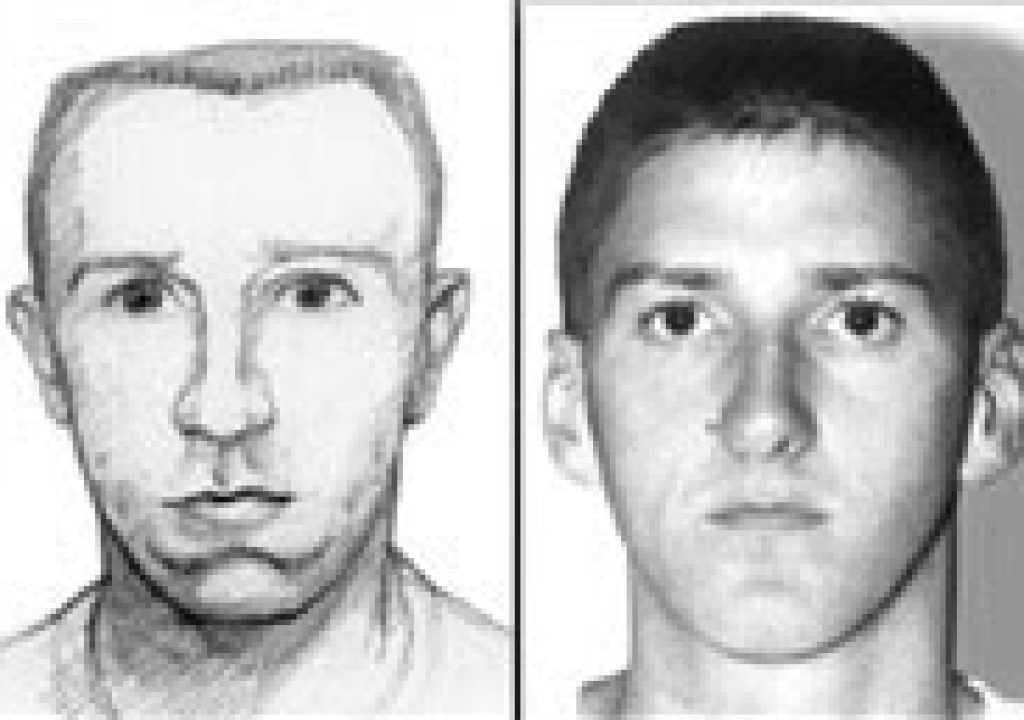Mamoworld has a new After Effects video tutorial, Monster Face, which applies advanced tracking techniques from Mocha to modify a mouth and face in After Effects. We also add some other resources to help round off the picture.
This work was done before both the 3D tracker and Face Tracker appeared in After Effects. It also could be aided by the Stabilized Precomps feature of MochaImport+ or MaskTracker+, newer AE scripts from Mamoworld.
Ckeck out Todd Kopriva’s Face replacement with mocha from David Torno about PVC tutorials by Torno on how he did tracking, compositing, and other post-production work for a music video (on Vimeo for mobile users). The cmiVFX training Nuke Facial Replacement Techniques looks interesting too.
The new Face Tracker in AE should may some of this work easier. See intros by Evan Abrams and Chris Meyer on the Face Tracker:
Earlier at AEtuts, Alexander Dohr showed simple “face replacement” done quickly, while How To Blow The Face Off A Zombie Pirate by James Whiffin goes faceless. Also light-hearted is Annoying Orange: face replacement in After Effects.
Matthias of Mamoworld also recommends background in the popular Demon Face Warp tutorial by Andrew Kramer and his own Creating a Tracked Head Wound. The Mamoworld project files are available for free; here’s the tutorial:
But wait, there’s more…
“On the set, Peacock shot thousands of high resolution photographs of recreated scenes, visual elements and a stand-in actor depicting McVeigh in action. Mechanism then built a CG 3D model of Timothy McVeigh’s face and replaced every frame of the actor’s face with it.
Mechanism’s unique approach to facial replacement had never been used in documentary filmmaking before which gave the compositor every possible frame of final rendered CGI in advance. In developing and refining this technique, multiple 3D models of McVeigh’s head were pre-rendered every two degrees of rotation on two axes. Two sequences of frames were a combination of 11 expressions and 11 eye positions. The number of images was then doubled by rendering two camera focal lengths to match the lenses used on set; totaling over half a million images and layers. These images were brought into After Effects with Mechanism’s custom expressions allowing the compositing artists to rotate McVeigh’s photo realistic head in real time within the program.”
Here’s a little “making of” for the McVeigh piece (the embed code is buggy, but there’s a fullscreen option, and another version):
For an example of more serious work, check out this Spanish man, “Oscar,”the recipient of the first 100 percent face transplant. Previous transplants in France and the United States were only partial, but on the increase due to war wounds.

